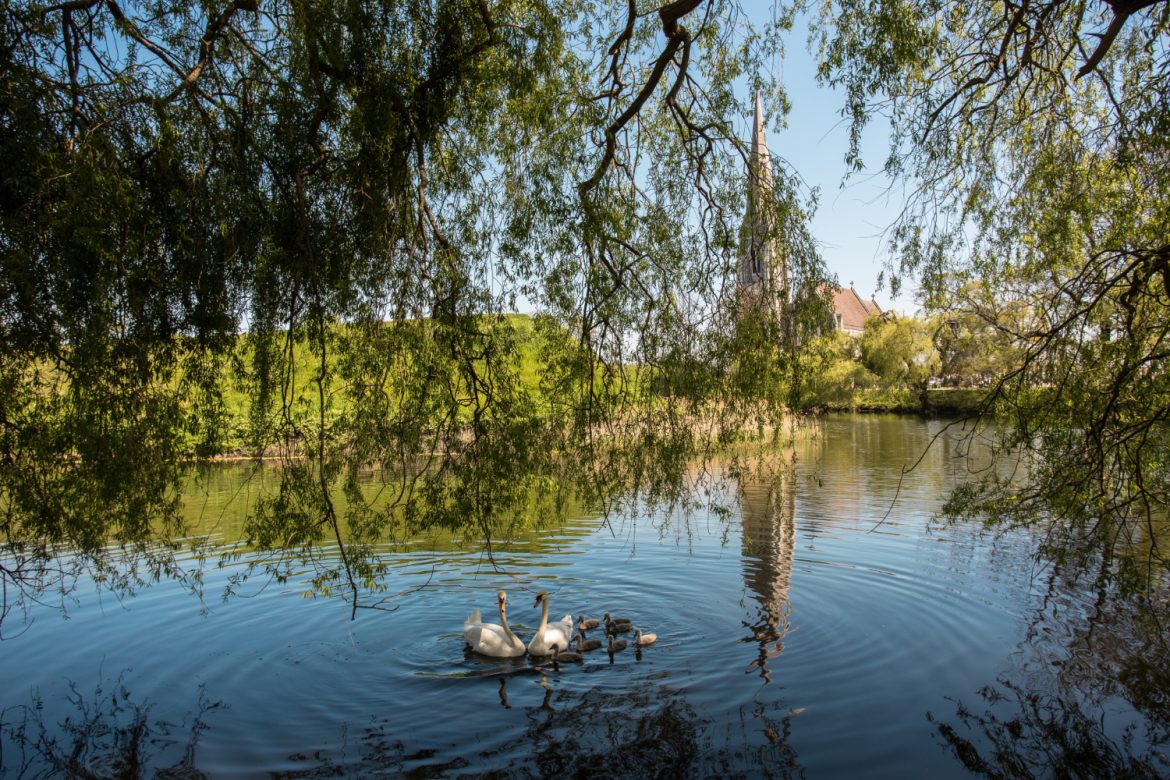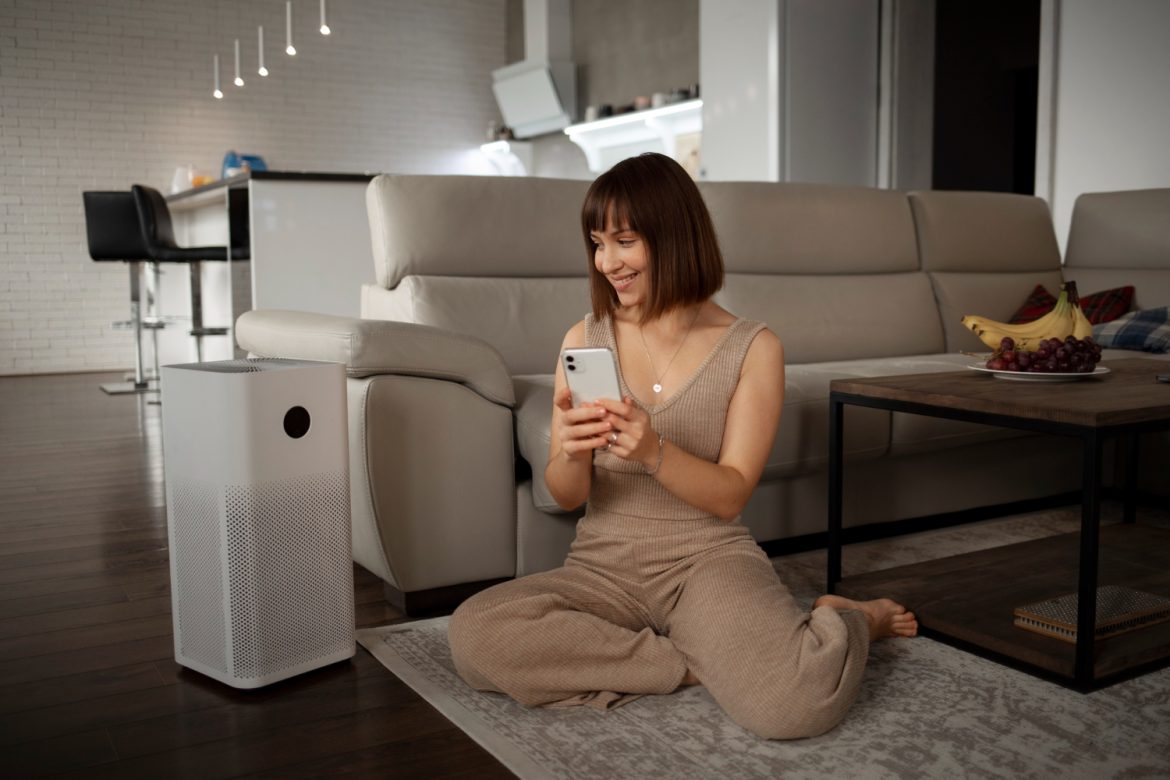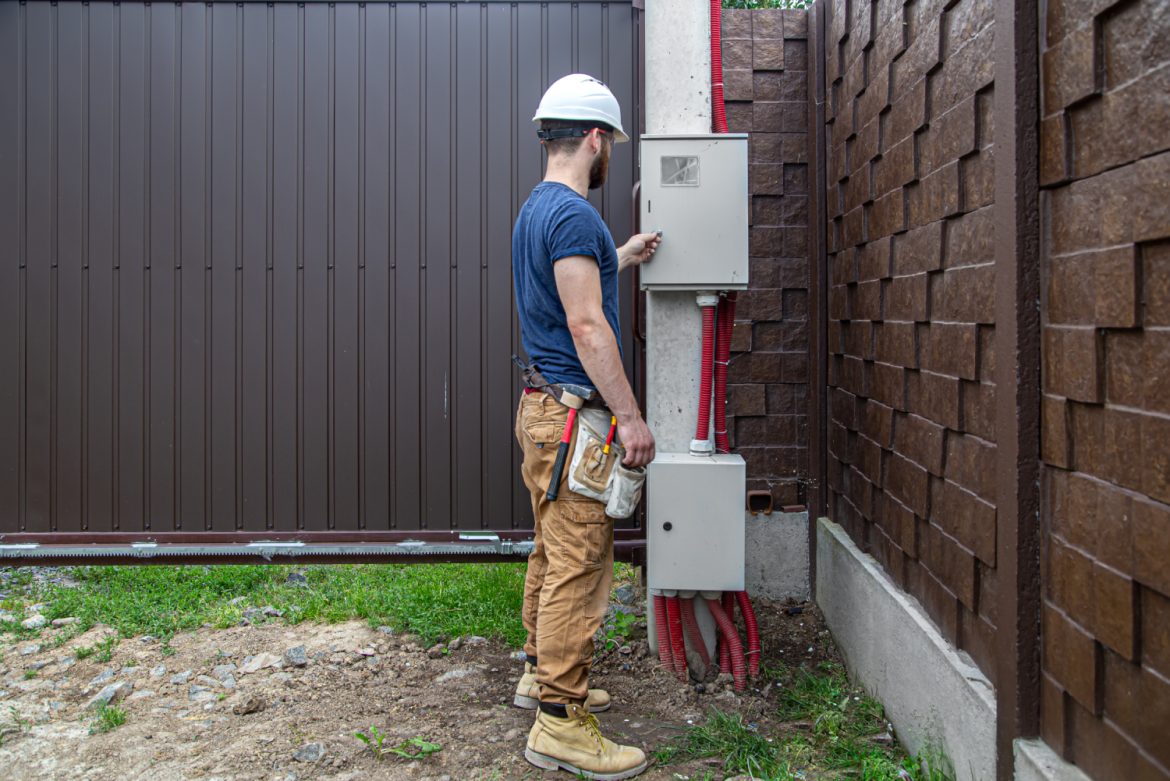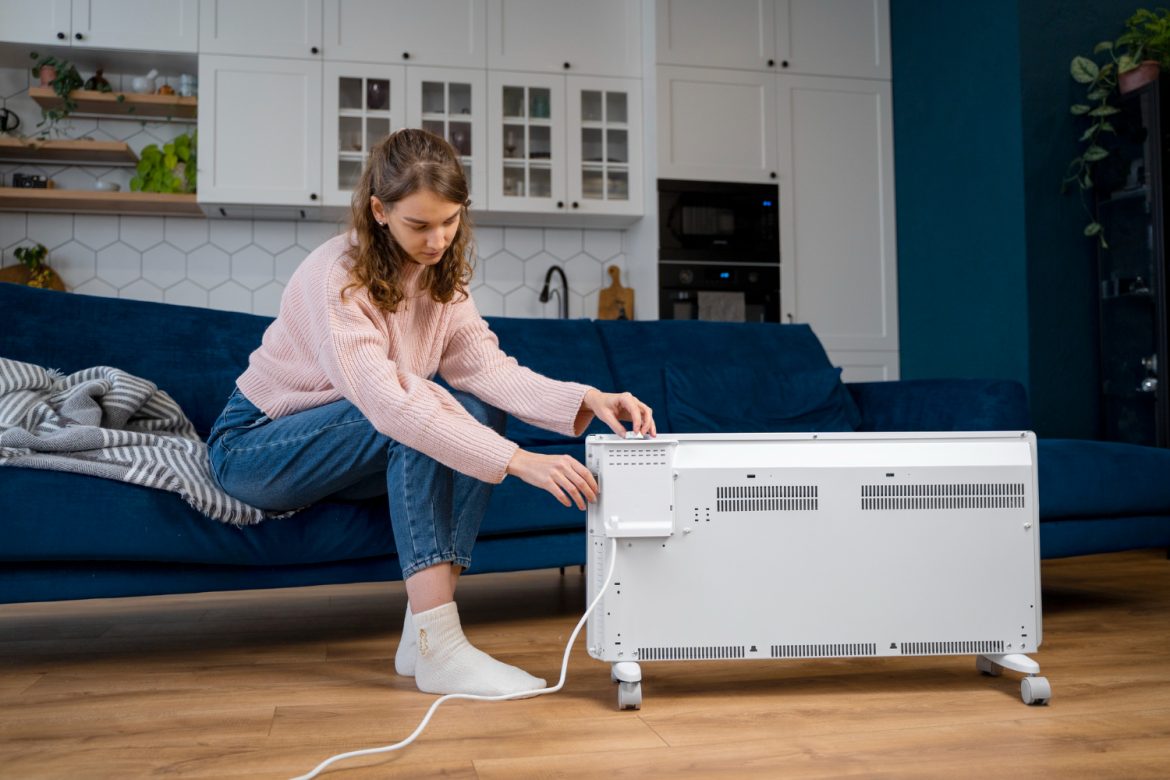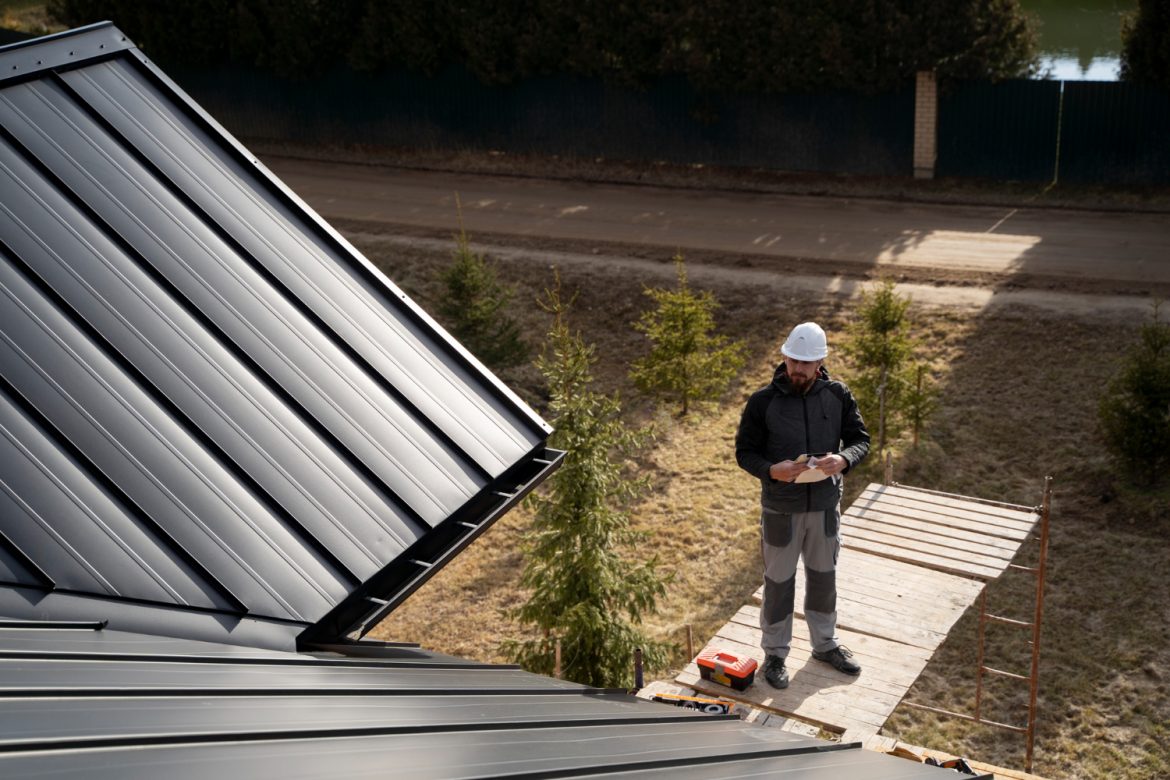Cities are increasingly becoming havens for local fauna: increasing green space, creating dim zones and green corridors help birds and small mammals move safely between habitats. Activists and city services are jointly implementing projects to preserve habitats and reduce the impact of noise and pollution. As a result, drones and surveillance cameras allow scientists to better track animal migrations and predict changes in populations.
Evan Bodkin
Advertising
Advertising
Creating a smart home does not necessarily require large investments. You can start with basic devices: motion sensors, smart sockets and a basic controller that combines various gadgets into one ecosystem. Such a set already allows you to optimize lighting, climate and household scenarios according to a schedule or your presence in the house.
Advertising
Modernization of the electrical network in a private house can increase safety and resilience to interruptions. Installation of modern circuit breakers, residual-current circuit breakers and high-quality wiring reduces the risk of short circuits and current overloads. Additionally, you can consider installing an uninterruptible power supply reserve for critical devices.
Advertising
Office spaces are often overloaded with equipment and lighting, which leads to high electricity bills. Implementing smart lighting systems with presence sensors and a daylight sensor can reduce consumption without compromising the quality of working conditions. Switching to modern UPS and network devices with an energy-saving mode helps reduce consumption and improve the resilience of the infrastructure.
Advertising
Buying energy-efficient household appliances can significantly reduce energy costs and make your home more comfortable. When choosing refrigerators, washing machines, and air conditioners, focus on the energy efficiency rating and year of manufacture. New models often offer energy-saving modes, improved cooling, and a longer service life.
Advertising
Houses often waste more energy than necessary due to inefficient operation of household appliances and outdated devices. Replacing old lamps with LED ones, installing smart sockets and thermostats allows you to significantly reduce energy bills without large investments. In addition, proper insulation of windows and doors helps keep warm in winter and cool in summer, reducing the load on heating and air conditioning systems.
Automation systems help manage consumption in real time: smart thermostats adjust the temperature to your schedule, and automatic scenarios for turning off electronics after leaving the house reduce “silent” consumption. Users get visibility of all devices in one application and can quickly identify freezing or energy-consuming devices.
Advertising
Advertising
Advertising
Advertising
Advertising
